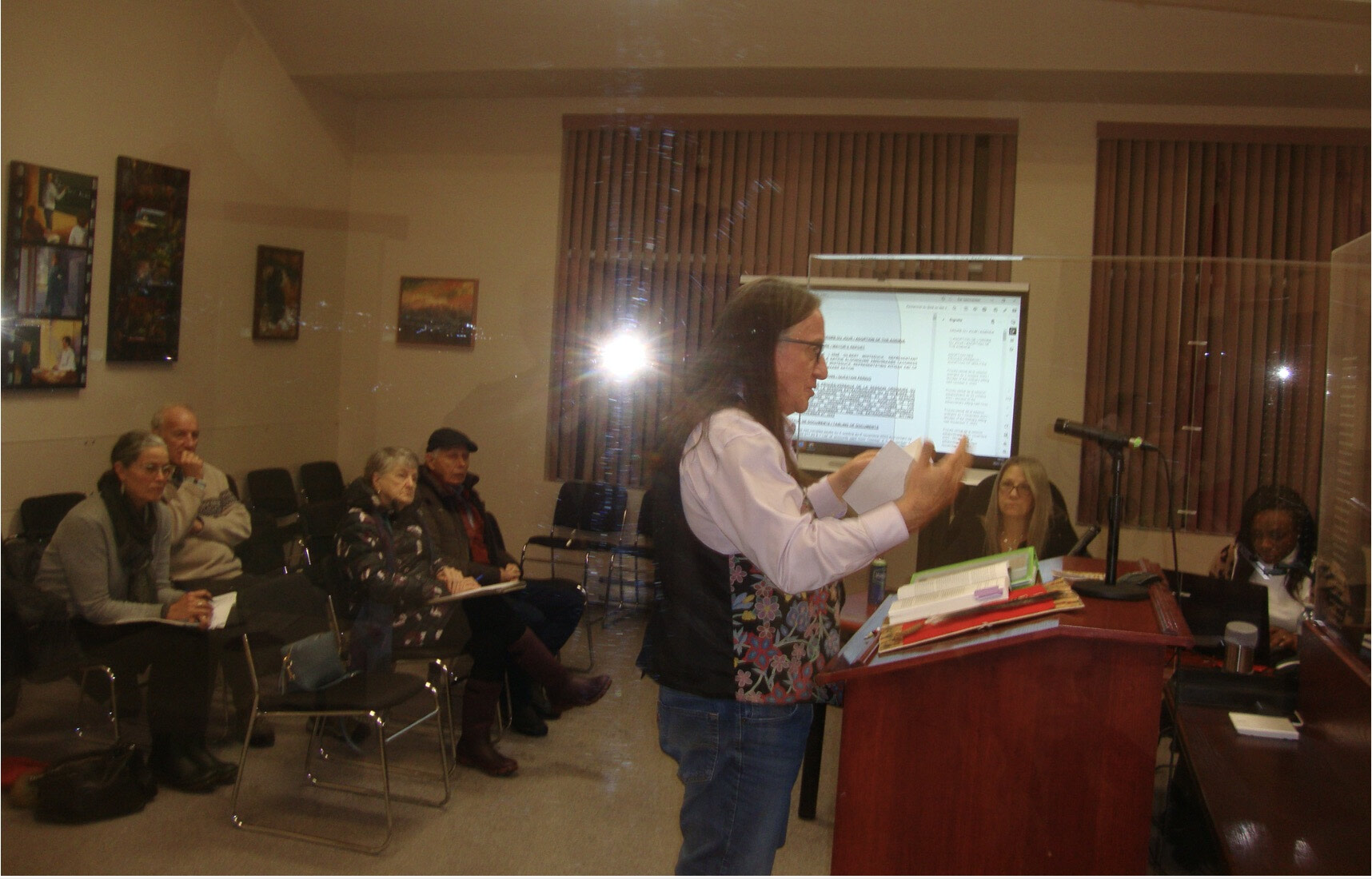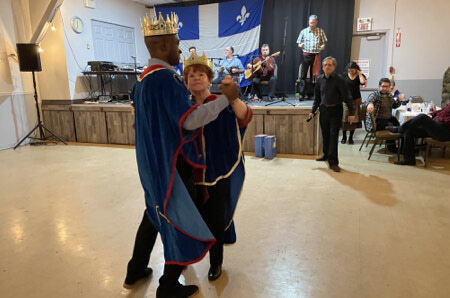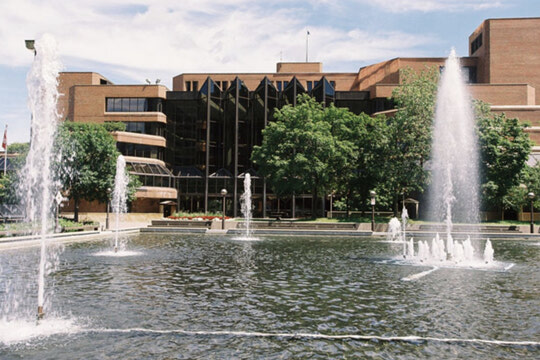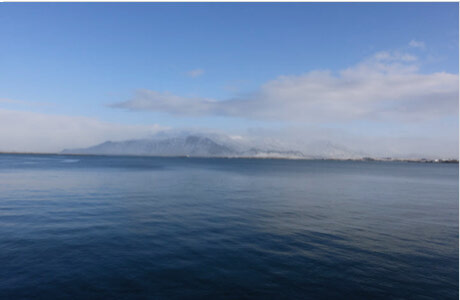Whiteduck Addresses Chelsea Council
Reuel S. Amdur
Algonquin elder Gilbert Whiteduck was given a prominent place on the agenda of the Chelsea Council meeting on December 5. He asked that Chelsea acknowledge that it sits on traditional unsurrendered and unceded Algonquin Anishinabeg territory.
Referring to the Calls to Action of the Report of the Commission on Truth and Reconciliation, he called attention to two, numbers 43 and 57. Both call for action by all levels of government. 43 calls for the full adoption of the UN Declaration on the Rights of Indigenous Peoples.
That declaration recognizes a right to self-determination and the right to maintain and strengthen their distinct political, legal, economic, social, and cultural institutions, while at the same time having the right to participate fully in those of the State.
Perhaps somewhat uncertain in the Quebec context, there is the right not to be subject to forced assimilation or destruction of culture. Quebec’s policy of interculturalism as opposed to multiculturalism might raise question. And in the Canadian context more broadly, there is the requirement of free and informed consent prior to approval of any project involving land and other resources, especially in development programs. Does this give veto power? It is not clear how this call to action would affect a municipality like Chelsea.
Call 57 asks that all levels of government provide education to public servants on Aboriginal history, including the history and legacy of residential schools, the UN Declaration, treaties, Aboriginal rights, indigenous law, and Aboriginal-Canadian relations.
Whiteduck also expressed concern about the well-being of the Gatineau River. Mayor Pierre Guénard agreed that protection of the river is important and promised to look into what might be done regarding the two calls for action.
After Whiteduck’s contribution, the mayor gave a gloomy picture of Chelsea’s financial situation, due to rising costs. He cited gasoline and professional services. This makes the budget-building process difficult.
Environmental concerns were front and centre during the question period. Tineke Kuijper called for greater action in fighting greenhouse gases. She wants to see a plan with targets and with tracking. Guénard responded that Chelsea is promoting active transportation and protecting green spaces. Yes, she replied, but is the active transportation really reducing greenhouse gases? After the meeting, Mayor Guénard remarked to the Post that he regretted that she had left before Council reached seven items, by-laws and first readings, aiming to reduce and control heat islands.
Jacques Michaud expressed concern about noise and light pollution. With regard to light, he complained in particular about the baseball and hockey fields. Guénard responded that Chelsea would look at cutting the lights on the fields as soon as games are over, but he said that the games are important. He recalled that the matter of light pollution had come up in past years and he said there would be a search of the archives to see what happened and where Chelsea might go from there. Michaud pointed out that La Pêche is moving forward on a dark sky initiative.
Another resident called attention to pedestrian safety, especially child safety. As an example of how Chelsea is dealing with this matter, Guénard reported that a traffic circle is to be installed by the Montessori School, to slow traffic.
The establishment of consultative committees was not without controversy. Councillor Rita Jain focused on the establishment of the Environment, Sustainability, and Climate Change Advisory Committee, to which she attached particular importance. She voiced unhappiness that this advisory committee, like the others, is not open to the public and she voted against it. Councillor Cybèle Wilson took issue with her remarks, arguing that the question period at the beginning of meetings provides the opportunity for public participation. Jain told the Post that that is not enough, as the committees then go in camera. She noted that Council had disagreed with her and gone with the in-camera approach. As a result, the public cannot see what goes on in meetings.
Photo caption: Gilbert Whiteduck
Photo credit: Reuel S. Amdur





